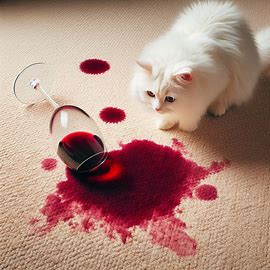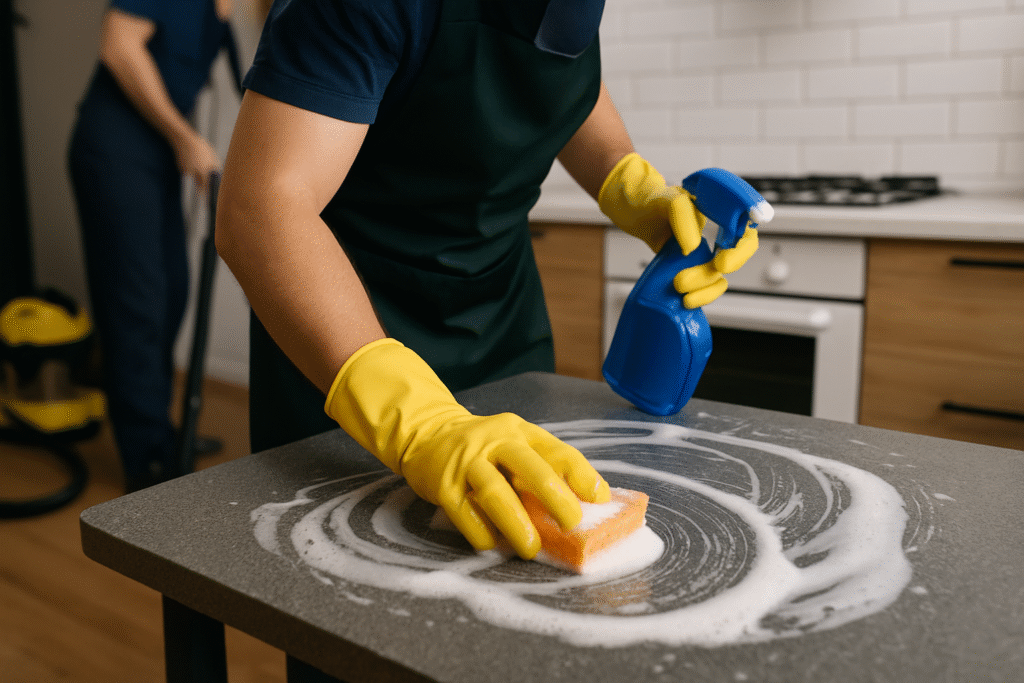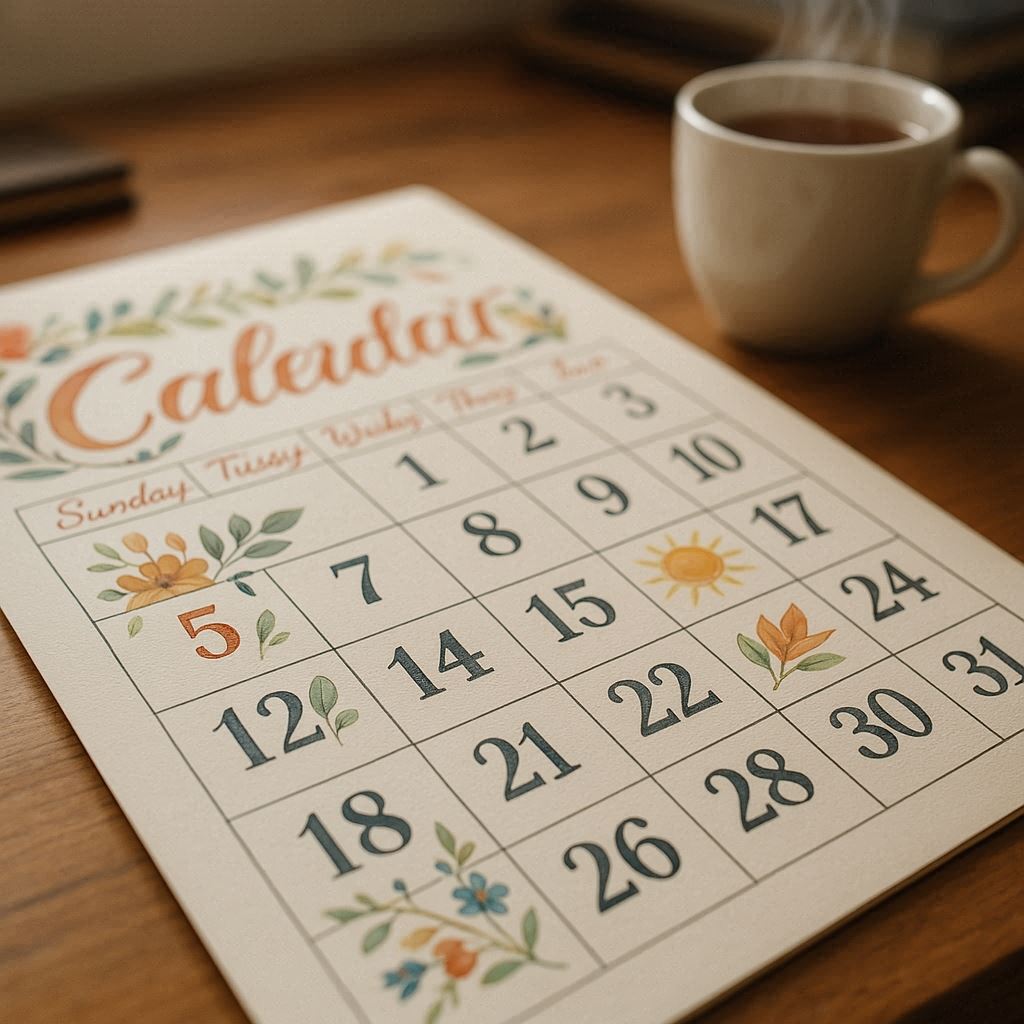The Ultimate Guide to Stain Removal
Accidents happen, and stains are an inevitable part of life. From spilled wine to muddy footprints, knowing how to tackle stains effectively can save your favourite clothes, upholstery, and carpets. This ultimate guide to stain removal provides practical advice and time-tested methods to help you conquer even the trickiest of stains.

General Stain Removal Tips
Before diving into specific stain types, keep these universal tips in mind:
- Act Quickly: The sooner you treat a stain, the easier it will be to remove.
- Blot, Don’t Rub: Gently blot the stain with a clean cloth to avoid spreading it.
- Test First: Always test cleaning products on a small, inconspicuous area to prevent damage.
- Cold Water First: For most stains, start with cold water; hot water can set the stain.
Common Stains and How to Remove Them
1. Coffee and Tea Stains
- Clothing: Blot with cold water, then apply a mixture of white vinegar and washing-up liquid. Rinse thoroughly.
- Carpet: Mix equal parts vinegar and water, gently dab the stain, and blot dry.
2. Red Wine
- Clothing: Sprinkle salt over the stain to absorb moisture, then rinse with cold water. Wash as usual.
- Upholstery: Dab with sparkling water, then apply a solution of mild washing-up liquid and warm water.
3. Grease and Oil
- Clothing: Sprinkle with baking soda to absorb grease, then treat with dishwashing liquid. Wash in the hottest water suitable for the fabric.
- Hard Surfaces: Clean with a degreasing spray or a mixture of vinegar and water.
4. Ink
- Clothing: Apply rubbing alcohol or hairspray to the stain, then blot with a clean cloth. Wash as usual.
- Furniture: Dab gently with a cotton ball soaked in isopropyl alcohol, avoiding rubbing.
5. Mud
- Clothing: Allow the mud to dry, then brush off excess dirt. Wash with a stain remover.
- Carpets: Vacuum the dried mud, then clean with a mixture of dishwashing liquid and warm water.
6. Blood
- Clothing: Soak in cold, salty water, then wash with a stain-fighting detergent.
- Mattresses: Dab with a mixture of hydrogen peroxide and dish soap, then blot dry.
7. Grass Stains
- Clothing: Apply a mixture of white vinegar and baking soda, scrub gently, then wash.
8. Chocolate
- Clothing: Scrape off excess chocolate, then wash with warm water and a stain remover.
- Carpets: Blot with a solution of dishwashing liquid and warm water.
9. Paint
- Water-based Paint: Rinse with warm water while wet, then wash as usual.
- Oil-based Paint: Use a paint thinner or turpentine, but handle with care and follow fabric care guidelines.
10. Make-up
- Lipstick: Apply rubbing alcohol to the stain, blot, and rinse.
- Foundation: Dab with shaving cream or dish soap before washing.
DIY Stain Removal Solutions
Save money and avoid harsh chemicals by using household items:
- Baking Soda: Excellent for grease and odours.
- White Vinegar: Works well on organic stains like wine and coffee.
- Hydrogen Peroxide: Great for brightening and removing bloodstains.
- Lemon Juice: Ideal for treating rust and organic stains.
When to Seek Professional Help
Some stains are too stubborn or delicate for DIY treatment. Seek professional cleaning services if:
- The stain persists after several attempts.
- The fabric is fragile or expensive (e.g., silk, wool).
- The item is dry-clean only.
Preventative Measures
- Treat fabrics with a stain-resistant spray.
- Use coasters, placemats, and protective covers.
- Promptly address spills to minimise staining.
Stain removal doesn’t have to be daunting if you know the right techniques and products to use. With this guide, you’ll be well-equipped to handle any spill, splatter, or smudge. Remember, persistence and patience are key – and when in doubt, always err on the side of caution.
Your belongings deserve a second chance, so tackle those stains and enjoy your refreshed items!




